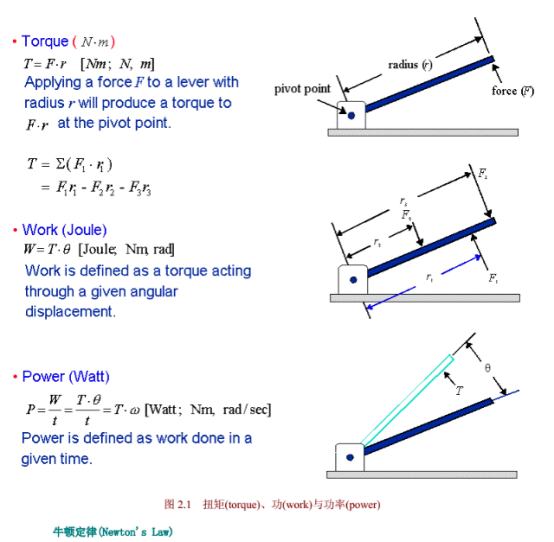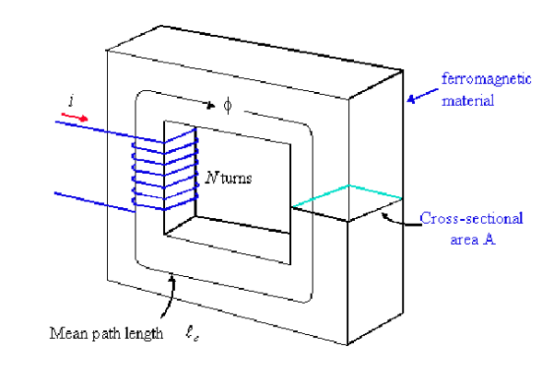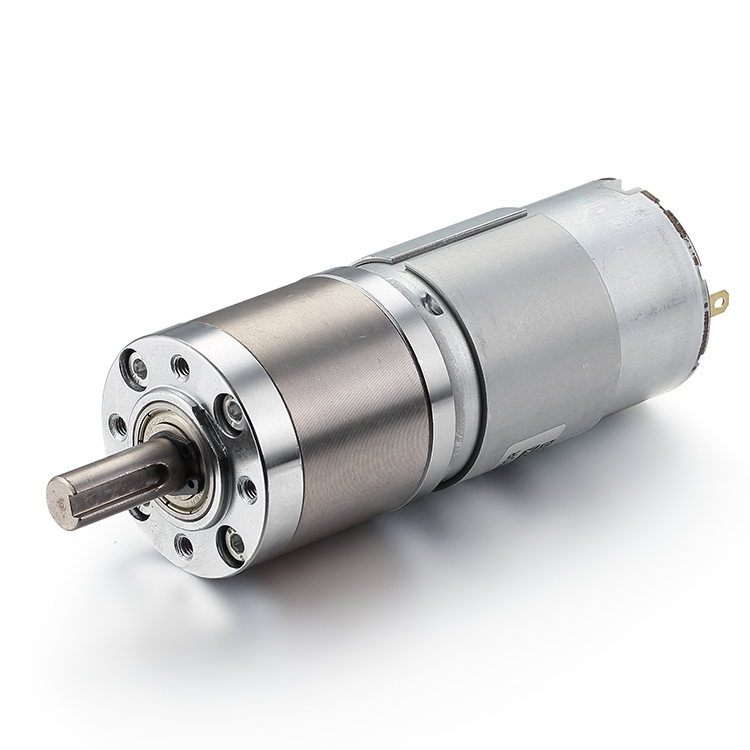BG MOTOR - About the development history of DC motors
At present, there are many products around us that need motors, such as treadmills, juicers, electric fans, etc., all need motors. Do you know the origin of motors? After reading the following article, I believe you will have a more in-depth understanding of the motor.
On July 21, 1820, Oster, a professor and physicist at the University of Copenhagen, Denmark, discovered the "magnetic effect of electric current", which established the interconnection of electromagnetism and gave birth to electromagnetism.
In 1821, the famous British physicist Faraday made the first experimental motor model. After more than 40 years of research and development, the motor has finally been widely used in industrial production and daily life. Here I first talk about some of the research work of British physicist Faraday.

In 1831, after more than ten years of experimental research, Faraday finally realized the dream of "generating electricity" on August 29 and discovered the law of electromagnetic induction. In addition, Faraday discovered the law of electrolysis, and conducted a lot of fruitful research on the phenomenon of gas discharge, which prepared the conditions for the discovery of roentgen rays, natural radioactivity, isotopes, etc., and laid the foundation for the development of modern physics. In the process of electromagnetic research, he created many new words such as diamagnetism, paramagnetism, dielectric, line of force, anion, and cation, and put forward the concept of "field". He made the first experimental electric motor, generator, and first transformer; he studied the liquefaction of gases, optics, and electrochemistry. The scope of his research is rare since Galileo. Faraday was deeply influenced by German classical philosophy. He believed that all phenomena in the material world were connected in one way or another. Based on this idea, he also tried to establish the connection between electromagnetic force and Newton’s universal gravitation. Later, Einstein also tried to establish a "unified field theory." When Maxwell talked about Faraday, he once said that in the past scholars studied all phenomena in a fragmented study, and only Faraday worked under the guidance of the unity of science. Human beings still get great benefits from electricity, and we will always remember Faraday's name with gratitude. Maxwell regarded Faraday as "the most effective and noble example of scientists."
Electric motors are abbreviated as motors, and they are the most widely used in production and life, ranging from electric toys to trains, from factories to rural areas, from institutions to enterprises, and so on. The motors used in actual production and life applications include true current motors and AC motors. Let me talk about the research and development of DC motors and AC motors respectively.

DC motor. In the development of electric motors, DC motors were the first to be developed, because DC electric was the first to be obtained and promoted. The development of DC motors can be roughly divided into four stages.
1. The stage in which permanent magnets are used as the magnetic field is the common feature of the original DC motors. However, because the natural magnetic poles are relatively small and its magnetic properties are relatively weak, the motor can only obtain a small amount of power and the power obtained is also relatively small, but this period of time does not last long, and soon the development of DC motors has entered the second Stages.
2. The stage where electromagnets are used as magnetic poles. In 1825, the British electrician Sturgeon made the first electric bumper (made with 16 coil wires). In 1829, the electromagnet made by American physicist Henry can lift 1 ton of goods. . In 1834, Jacobi first used electromagnets in motors instead of permanent magnets to significantly increase its output power, and used a commutation device for the first time, which greatly changed the performance of DC motors.
3. The third stage is to change the excitation mode. Excitation technology is a key technology of the DC generator, because the use of the motor must be provided by the DC generator. The technical problem of the generator is solved, and the application of the motor can enter a new stage, that is It is said that the development of motors has progressed with the development of generators. In 1851, Kingsteel first used electromagnets instead of permanent magnets for excitation. The current supplied for the electromagnets was originally from a galvanic battery that was externally excited, because anyway, the generator must first be excited, and the current must first be present. In order to generate magnetic field excitation. In 1854, the Hert Werner brothers of Denmark applied for a patent for a self-excited generator. After that, scientists invented series-excited self-excited motors and self-shunt-excited generators, which greatly changed the performance of DC generators, thus creating a new stage in the development of DC motors.

4. The fourth stage of the development of DC motors is to move towards perfection on a practical road, which is mainly reflected in the improvement of the armature rotor. The toothed armature was invented in 1865; the ring-shaped armature was invented in 1870; a drum-shaped rotor was invented in 1872, which reduced the cost of motor production technology, and the era of practical application of the motor came to an end. However, with the limitations of DC power generation technology, especially DC transmission technology, AC motors have begun to receive engineers' attention again.


AC motor. With the development of DC power generation technology, the maximum voltage that the DC generator can emit can reach 57.6 kilovolts, the maximum output power can reach 4650 kilowatts, and the transmission distance can reach 180 kilometers. But this quickly reached the technical limit. DC generators and power transmission technology have the following problems:
The insulation performance of the coil is not enough;
The commutator cannot work;
The generator is in production , There are difficulties in operation, especially reversing sparks;
The direct transmission of high voltage to users is not only dangerous, but monthly users need low voltage.
There are great difficulties in the transmission of direct current. Therefore, in 1856, Germany's Siemens Company produced the first swivel type AC motor, which used single-phase AC, and its advantages compared with DC motors were not obvious. In 1885, Italian physicist and electrician Galileo Ferraris, and American physicist Nikola Tesla independently invented the rotating magnetic field in 1886. They arranged several coils in a radial pattern. The coil is connected to alternating current so that the frequency of the alternating current in each coil is the same, but its voltage and current are phase-shifted, so that a rotating collision field is formed in the space between the coils, and this carbon field will drive the energized coil to move, so that they Successfully developed a two-phase AC motor. In 1889, the Russian engineer Rod Lev Dubrovsky invented the squirrel-cage three-phase motor, which was the first practical three-phase AC motor. So far, the motor has developed to a stage where it can enter industrial applications. From the brief history of the development of electric motors, we can see that the transformation of science into technology and productivity is not so easy and accomplished overnight. It requires time, manpower, material and financial resources. No wonder some people said with emotion: "There is no shortage of scientific talents in the world, no shortage of scientific ideas and scientific theories. The most lacking is people who transform scientific ideas and scientific theories into technology and productivity." We lack innovative technical talents.


The invention of the three-phase AC generator and the squirrel-cage three-phase AC motor provided factories, enterprises and companies with convenient, fast, safe, economical, continuous, and vigorous heart power, which led to the second power revolution. . This revolution promoted the tremendous development of capitalist social productive forces, and made capitalist mass production begin to develop toward automation and motorization. A more profound industrial technology emerged than the first power revolution represented by steam engine technology. Revolution, and this revolution is still present and will do a greater impact on mankind in the future.
contribute.
In order to meet customers with different use scenarios and equipment, we have developed a high-efficiency brushless DC motor, DC servo motor, DC permanent magnet synchronous motor, DC brush motor, and single-phase series excitation motor. If you have any needs , BG motor can provide you with high-efficiency motor solutions.
 BACK
BACK

